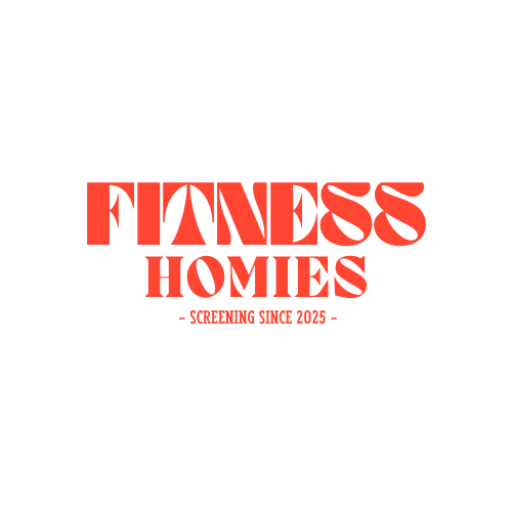
Building muscle isn’t just about lifting weights or crushing intense workouts—recovery is just as important. Without proper recovery, your body doesn’t have the chance to repair, grow, or get stronger. Plus, if you’re in it for the long haul, taking care of your body is key to avoiding burnout or injury.
Here are the best recovery practices to promote muscle growth and support long-term fitness success.
1. Prioritise Quality Sleep
Sleep is when your muscles do most of their repairing and rebuilding. Without 7–9 hours of quality sleep, recovery suffers, and so does your progress.
Pro Tip: Try sticking to a consistent sleep schedule—even on weekends.
2. Stay Hydrated
Water helps flush out toxins, deliver nutrients, and regulate muscle function. Dehydration can lead to cramps, fatigue, and slower recovery.
Goal: Aim for at least 2–3 litres of water a day, more if you’re sweating heavily.
3. Refuel with the Right Nutrition
Post-workout, your muscles need protein to repair and carbs to replenish energy stores.
Eat this: A balanced meal with lean protein (like chicken or tofu), complex carbs (like rice or sweet potato), and healthy fats (like avocado or nuts).
4. Don’t Skip Rest Days
Muscles grow when you rest—not when you train. Taking at least 1–2 rest days per week helps prevent overtraining and promotes longevity.
Listen to your body: If you’re constantly tired, sore, or irritable, it might be time for a break.
5. Active Recovery
Low-intensity movement like walking, yoga, or cycling helps boost blood flow without straining your muscles.
Best on: The day after a tough workout to ease soreness and keep moving.
6. Foam Rolling & Stretching
Rolling out tight muscles and doing static stretches can improve flexibility, reduce soreness, and keep your joints healthy.
Focus on: Calves, quads, hamstrings, back, and shoulders for 10–15 minutes a day.
7. Consider Professional Recovery Tools
Massage guns, compression boots, cryotherapy, or even the occasional sports massage can speed up recovery and reduce inflammation.
Budget-friendly tip: Use a tennis ball or foam roller at home for deep tissue relief.
Final Thought
Training hard is only one side of the coin. To truly maximise muscle growth and stay active for years to come, you need to recover just as hard. Rest, fuel, move smart—your future self will thank you.
What’s your favourite recovery routine? Share it below!









